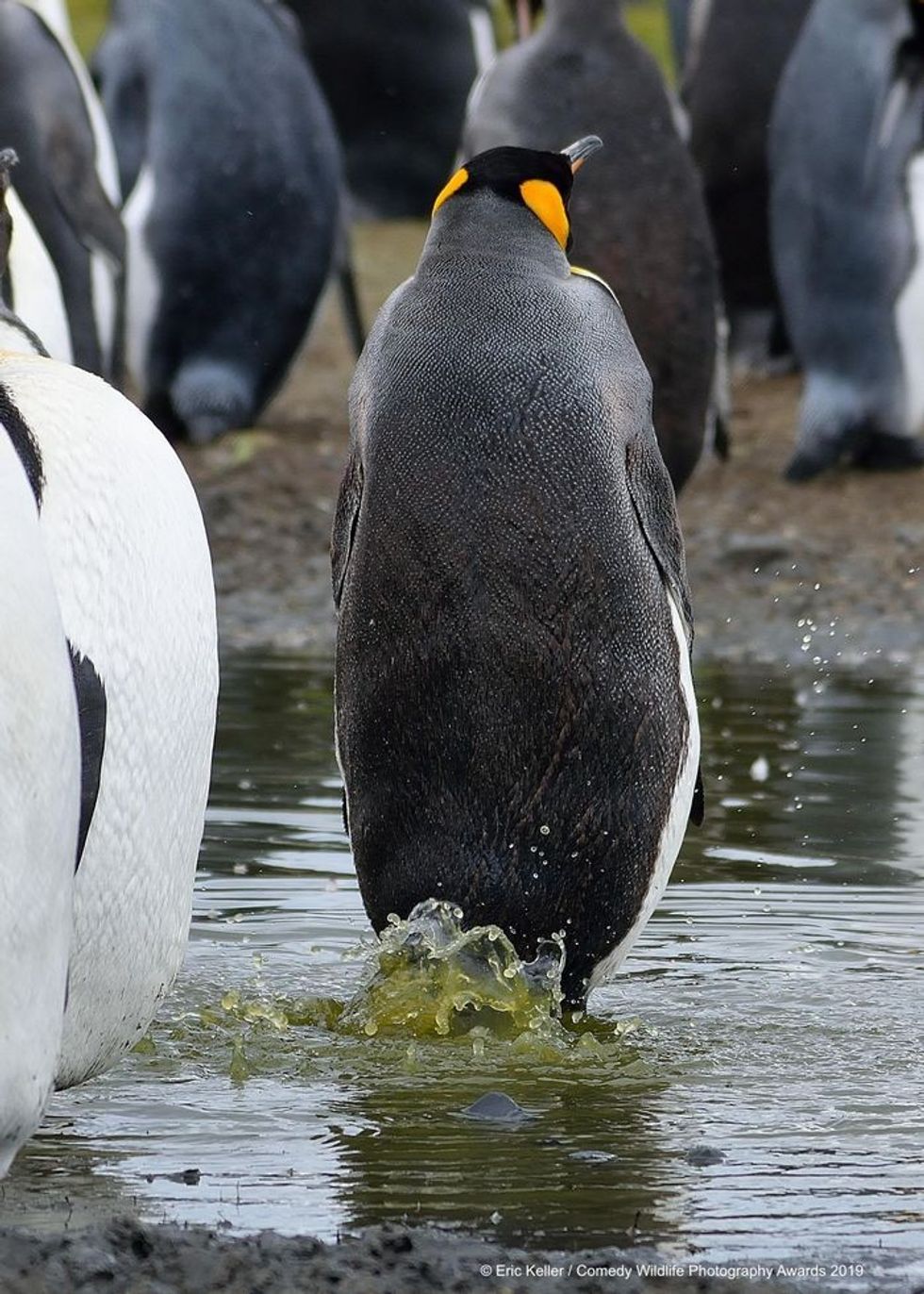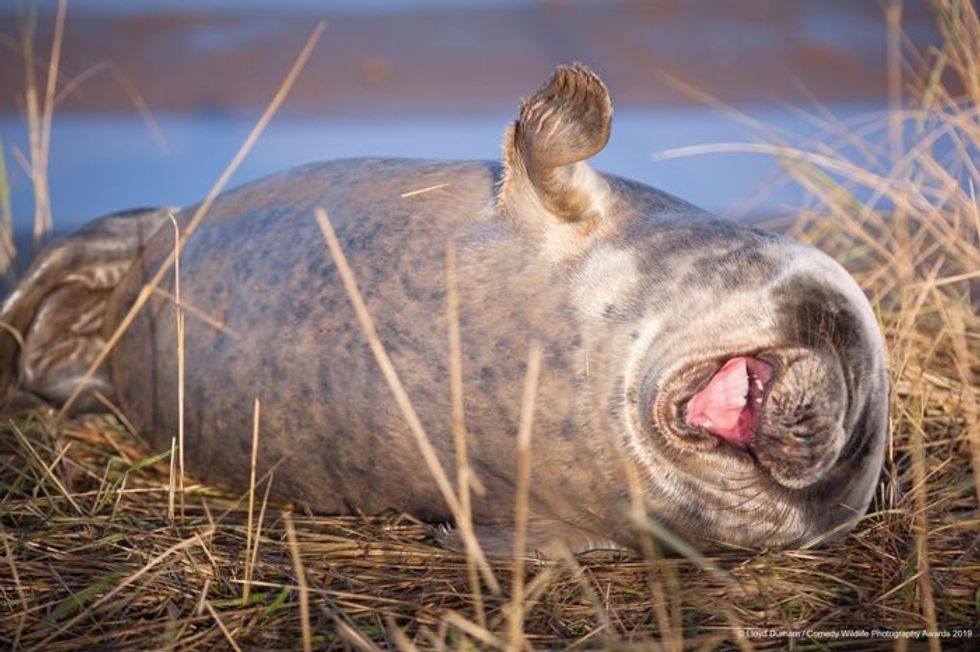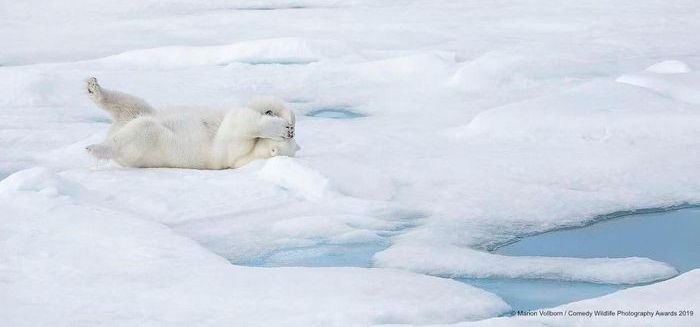Ben Hooper is not your average person. The former policeman has spent years competing in triathlons and open-water swims, sometimes up to 40 km in one day. But there are some challenges that will test any super-fit athlete. Hooper has embarked on a five-month journey from Senegal to Brazil that will see him strive to swim a total of 1,900 miles for up to ten hours a day.
What are the challenges his body and mind will be facing? And does he have anything in common with other performers of extreme feats?
Taking it to extremes
In 1953, Jason Zirganos, the greatest open-water swimmer of his generation, swam in the Bosphorus (8°C) for four hours; he was removed from the water semiconscious, regaining full consciousness three hours after that. Unaware of hypothermia at the time, it was concluded that he had been poisoned. The following year, at the age of 46, he attempted to swim the 22-mile north channel of the Irish Sea, where temperatures range between 9°C and 11°C. After six hours—and only three miles from the Scottish Coast—he became unconscious and blue and was hauled from the water. Using a penknife, a doctor exposed his heart to reveal ventricular fibrillation, where the heart beats rapidly and erratically. Direct cardiac massage failed to revive Zirganos and he was pronounced dead at the scene.
Fighting cold
As Zirganos’ fate reveals, the first big challenge is maintaining body temperature. In the cold oceanic waters, skin cooling occurs very rapidly. The next affected tissue will be muscle, particularly in the upper limbs. Research has shown that the contractile force of muscle is significantly decreased when its temperature falls below 27°C. Deep muscles of the forearm can reach this temperature after about 40 minutes in water of 20°C. This is very likely to happen, even if Hooper is wearing a thick wetsuit to cope with the long hours he will spend submerged. As a consequence of these changes, Hooper’s maximum power output may fall by as much as 20 percent and reduce his swimming speed accordingly.
[Also see: Hooper shares hilarious updates from Atlantic]
There will also be a fall in limb blood flow. This occurs when core body temperature drops from 37°C to 36°C—likely after a couple of hours of swimming. When this happens, oxygen delivery to the muscle, and its subsequent use for energy production, is greatly reduced.
Muscles’ ability to remove the end products of metabolism also reduce in cold conditions. The decrease in blood flow and the impaired removal of metabolic waste lead the body to switch to anaerobic metabolism, where the body tries to exercise without using oxygen to sustain the effort required to swim. This can result in lactic acid forming earlier—which produces the pain you feel after intense exercise—and more rapid depletion of carbohydrate stores. The consequence is the earlier onset of fatigue.
One step forward, two steps back
Another factor is the movement of heat through the body during exercise. In simple cold water immersion studies, resting peripheral limbs and tissues are at a significantly lower temperature than that of the core body.
When the body becomes cold, the major arteries to limbs constrict to maintain a steady core body temperature, making it harder for body heat to be transferred to the surrounding water. But during swimming this constriction of the blood vessels cannot happen to the same extent because blood needs to flow properly to maintain movement. This means more heat is lost during swimming, which results in a greater reduction in core temperature.
Tissues also have a uniform temperature from the core to the periphery and muscles are able to maintain their function and continue to exercise to a deep temperature of about 27°C. This means that swimmers can potentially swim to the point of unconsciousness, which typically occurs at a core temperature of 30°-33°C. This process recalls what the Himalayan climbers report as the “sweet death,” the feeling of wanting to lie down and sleep while experiencing a certain feeling of wellness—but then you die.
Fuel your performance
Another consideration for Hooper’s swim across the ocean is nutrition. Clearly, he will need a huge amount of food to sustain his effort, estimated to be around 12,000 calories a day—the daily caloric requirement of five men combined. What is less obvious is what and how he will be eating. There is little research on this, but some evidence suggests that for swimmers covering 25 km or more, carbohydrate intakes close to about 90 grams per hour from multiple transportable carbohydrate sources are required.
With the greater likelihood of encountering extreme temperature variations in open swimming events (as much as 16–31°C), swimmers may benefit from matching beverage temperatures to specific environmental conditions. For example, warm beverages or food sources, such as warmed sports drinks or soup, are used by open-water swimmers in cold water events. However, there is currently no evidence that suggests that these practices can reduce the effects caused by a fall in core temperature.
Recovery
Hooper’s performance could be potentially compared to the 43 marathons in 51 days that comedian Eddie Izzard ran in 2009. The suggested recovery time after a single marathon is two or three weeks, something Izzard clearly didn’t do, instead waking up and running marathons day after day with much less rest time. Hooper will do exactly the same—the only difference is that he will be spending at least 10 hours in the ocean every day for five months. Without adequate recovery time there will be an earlier onset of fatigue with detrimental effects on performance and possibly injuries.
Even if swimming has less impact on the body because it is non-weight bearing compared to running, Hooper will have just 14 hours for recovery between sessions. This could be the difference between success and failure. Recovery strategies from swimmers competing in multiple events suggests considerable challenges when it comes to nutrition.
Glycogen is a stored form of glucose, which is how we save carbohydrates that we then use to generate energy. A short turnaround between glycogen-depleting events—one to two days—can place significant strain on swimmers aiming to start each race with optimal fuel stores. But outstanding swimmers may compete in 5 km, 10 km, and potentially 25 km events, all within the space of five days.
In Hooper’s case, this challenge is multiplied exponentially. Aggressive attention to the amount of carbohydrate intakes between races (more than 10 grams per kilogram of weight) and timing (starting soon after each swimming session) is required to ensure that adequate glycogen replacement is achieved between races. Otherwise you just burn out and stop. Hooper may benefit from consuming small, well-planned servings (three to four a day) of high biological value protein sources with carbohydrate to optimize muscle tissue recovery but also support glycogen replacement.
Considering all the factors that might influence these extreme feats it’s clear that the challenge will be immensely tough. But with right preparation, motivation and expertise, your body might surprise you with what it is able to do.
















 A young lion playing with an older animal
A young lion playing with an older animal A colorful bird appears to be yelling at it a friend
A colorful bird appears to be yelling at it a friend An otter appears like it's holding its face in shock
An otter appears like it's holding its face in shock Two young foxes playing in the wild
Two young foxes playing in the wild Two otters appear to be laughing together in the water
Two otters appear to be laughing together in the water A fish looks like it's afraid of the shark behind it
A fish looks like it's afraid of the shark behind it A bird appears to be ignoring their partner
A bird appears to be ignoring their partner A squirrel looks like it's trapped in a tree
A squirrel looks like it's trapped in a tree A bear holds hand over face, making it appear like it's exhausted
A bear holds hand over face, making it appear like it's exhausted A penguin looks like its trying to appear inconspicuous
A penguin looks like its trying to appear inconspicuous A young squirrel smells a flower
A young squirrel smells a flower An insect appears to be smiling and waving at the camera
An insect appears to be smiling and waving at the camera An otter lies on its side apparently cracking up laughing
An otter lies on its side apparently cracking up laughing Two monkeys caught procreating
Two monkeys caught procreating A young chimp relaxes with its hands behind its head
A young chimp relaxes with its hands behind its head A snowy owl appears to be smiling
A snowy owl appears to be smiling  A monkey holds finger to face as if it's lost in thought
A monkey holds finger to face as if it's lost in thought A turtle crossing the road under a 'slow' sign
A turtle crossing the road under a 'slow' sign A polar bear lies on its back like it's trying to hide
A polar bear lies on its back like it's trying to hide A rodent strikes human-like pose
A rodent strikes human-like pose
 An excerpt of the faxCanva
An excerpt of the faxCanva

 Robert Redford advocating against the demolition of Santa Monica Pier while filming "The Sting" 1973
Robert Redford advocating against the demolition of Santa Monica Pier while filming "The Sting" 1973


 Image artifacts (diffraction spikes and vertical streaks) appearing in a CCD image of a major solar flare due to the excess incident radiation
Image artifacts (diffraction spikes and vertical streaks) appearing in a CCD image of a major solar flare due to the excess incident radiation